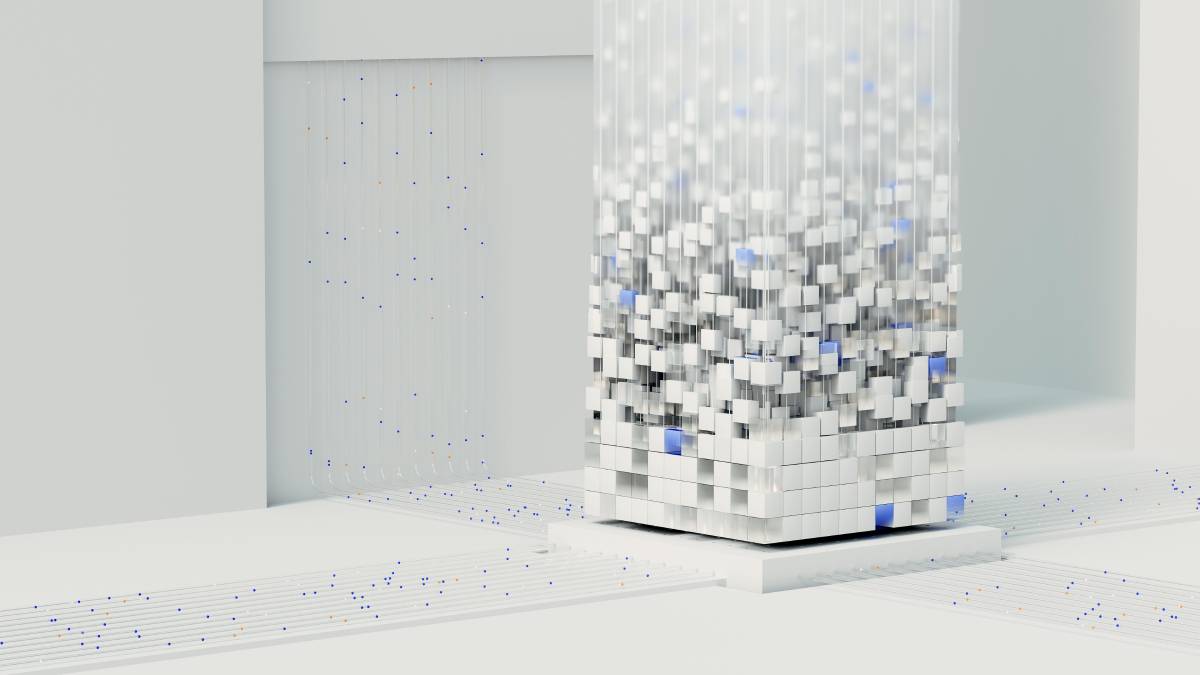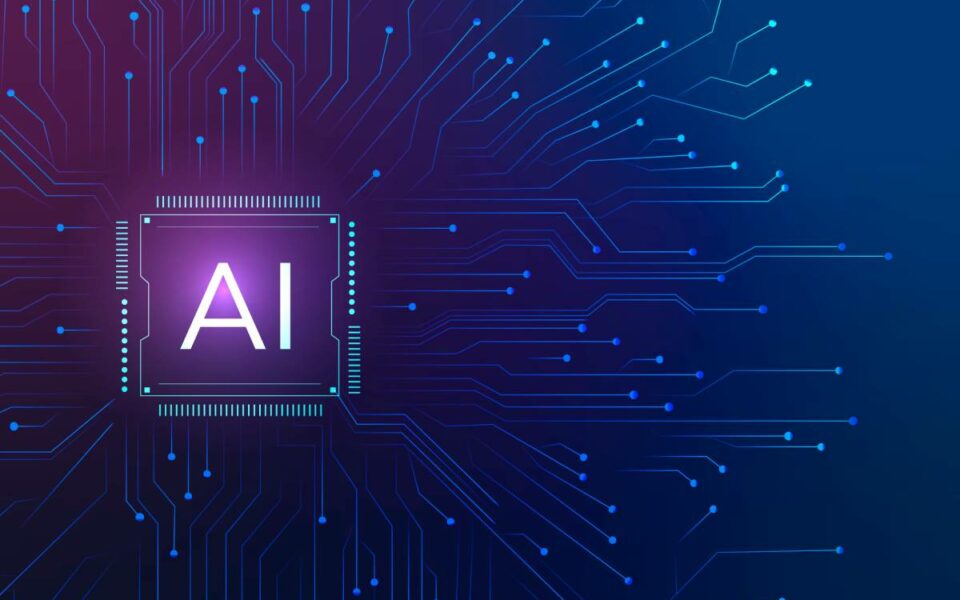
Data Mesh vs Data Fabric – Comparing Approaches to Data Management
24 October 2025
Synthetic Data and Digital Twins: A Practical Playbook for Enterprise AI
24 October 2025
Introduction
Generative AI has transformed the way organizations interact with data, customers, and internal processes. Yet, one of its biggest challenges remains: hallucinations – when models generate plausible but false information. The solution that emerged in recent years is Retrieval-Augmented Generation (RAG), which enhances large language models (LLMs) by grounding them in external knowledge sources.
However, the first wave of RAG (RAG 1.0) was often too simple to meet enterprise needs. As AI becomes mission-critical in sectors like finance, healthcare, and legal services, there is growing demand for more reliable, explainable, and scalable retrieval pipelines. This evolution is known as RAG 2.0. At the heart of this transformation are vector databases, purpose-built systems that allow lightning-fast semantic search across billions of data points. Together, RAG 2.0 and vector databases are shaping a new standard for enterprise AI.
From RAG 1.0 to RAG 2.0 – What Changed?
RAG 1.0 was straightforward: take a user query, retrieve relevant documents from a knowledge base using embeddings, and feed them into the LLM to reduce hallucinations. While effective for simple Q&A, it had clear limitations:
- Shallow retrieval often returned irrelevant or redundant context.
- Lack of multi-step reasoning limited complex tasks like financial analysis or medical decision support.
- Latency issues arose when scaling beyond small datasets.
RAG 2.0 addresses these pain points:
- Multi-hop reasoning – retrieving and chaining multiple layers of evidence across different data sources.
- Retrieval chains and orchestration – enabling step-by-step reasoning pipelines instead of one-shot queries.
- Context re-ranking – dynamically evaluating retrieved content for relevance and quality.
- Observability and feedback loops – monitoring retrieval quality and continuously improving.
Example: A chatbot in RAG 1.0 could answer “What are the interest rates in 2025?” by pulling a document with recent rates. A RAG 2.0 system could answer “What is the impact of the new EU regulation on mortgage interest rates?” by pulling legislation, analyzing historical data, and reasoning over financial impact.
Why Vector Databases Are Critical for RAG 2.0
The effectiveness of RAG 2.0 depends on retrieving the right context, fast. Traditional SQL or NoSQL databases are not designed for semantic similarity search. They excel at exact matches but fail at understanding meaning.
Vector databases solve this by storing embeddings – high-dimensional numerical representations of text, images, or audio – and supporting approximate nearest neighbor (ANN) search. This allows them to find semantically similar items, not just exact keyword matches.
Key capabilities of vector databases for RAG 2.0 include:
- High-performance similarity search – retrieving relevant data in milliseconds, even from billions of vectors.
- Filtering and metadata search – combining semantic search with structured filtering (e.g., “documents after 2022 in finance domain”).
- Hybrid search – blending keyword and semantic search for precision and recall.
- Scalability – handling enterprise-scale datasets with replication, partitioning, and multi-region deployment.
Without vector databases, RAG pipelines either become too slow to be usable or fail to deliver reliable context.
Comparing Vector Databases for RAG
Managed Vector DBs (Pinecone, Weaviate Cloud)
- Advantages: quick to deploy, managed scaling, SLAs for performance and availability.
- Drawbacks: vendor lock-in, higher costs at scale, limited customizability.
- Use case: enterprises prioritizing time-to-market and guaranteed uptime.
Open Source Solutions (Milvus, Weaviate OSS, Vespa)
- Advantages: flexibility, transparency, strong developer communities, no vendor lock-in.
- Drawbacks: require DevOps/SRE expertise to manage at scale, more operational overhead.
- Use case: companies with mature engineering teams that want full control of infrastructure.
Embedded Options (pgvector, Redis Vector, Elastic Vector)
- Advantages: integrate into existing databases, reduce architectural complexity.
- Drawbacks: not optimized for ultra-large-scale similarity search, may lack advanced features.
- Use case: enterprises experimenting with RAG or running smaller-scale deployments.
In practice, many organizations start with embedded solutions for prototyping, then migrate to managed or open source vector databases as workloads scale.
Enterprise Architecture for RAG 2.0
A robust enterprise RAG 2.0 architecture includes more than just a vector database. It requires a full ecosystem:
- Ingestion pipeline – collect, clean, and normalize enterprise data.
- Embedding generation – create semantic representations using domain-specific embedding models.
- Vector database – store embeddings and support ANN/hybrid search.
- Retrieval orchestration – apply ranking, filtering, and reasoning chains.
- LLM integration – pass retrieved context to LLMs for grounded responses.
- Observability layer – monitor latency, accuracy, and drift in retrieval.
- MLOps integration – versioning embeddings, automating retraining, and CI/CD for RAG pipelines.
This ensures the system is not only performant but also maintainable, auditable, and scalable across departments and geographies.
Governance, Compliance, and Responsible AI
For enterprises, retrieval quality is not enough. Systems must also be secure, compliant, and explainable.
- Auditability: being able to show where retrieved context came from – crucial in regulated industries.
- Access control: ensuring sensitive data is protected, with fine-grained permissions in vector DBs.
- Data residency and sovereignty: aligning storage with regional regulations like GDPR.
- Explainability: providing users with source citations to increase trust and transparency.
- Cost and ROI: balancing the expense of large-scale vector databases with the business value of reduced hallucinations and improved customer satisfaction.
By aligning RAG 2.0 with Responsible AI practices, enterprises reduce risk while unlocking greater business value.
Beyond Vector Search – Graphs, Multi-Modal and Agents
The next wave of RAG will go beyond text embeddings.
- Graph RAG: combining knowledge graphs with vector search to enrich semantic context and enable logical reasoning.
- Multi-modal retrieval: integrating text, images, audio, and video embeddings into a unified pipeline.
- RAG + Agents: retrieval chains powering autonomous AI agents that reason step-by-step and collaborate across domains.
This convergence expands the reach of RAG 2.0 into domains such as drug discovery, legal analysis, and financial forecasting.
The Future of RAG and Vector Databases
Looking ahead, several trends will shape the evolution of RAG and vector search:
- Self-tuning retrieval pipelines: AI optimizing its own retrieval logic based on feedback.
- Enterprise integration: vector DBs embedded in larger platforms like Snowflake, Databricks, and Microsoft Fabric.
- Green AI considerations: optimizing retrieval for lower energy consumption, as vector DB workloads can be resource-intensive.
- Agent ecosystems: RAG becoming a core building block for multi-agent systems, enabling enterprise AI teams to delegate entire workflows.
The trajectory is clear: RAG 2.0 is not just an upgrade but a foundational shift in how enterprises deploy AI.
Conclusion
RAG 2.0 and vector databases represent the new standard for enterprise AI. They provide reliability, scalability, and compliance in a world where hallucinations and ungrounded responses are unacceptable. By combining cutting-edge retrieval with enterprise-grade governance, organizations can unlock AI systems that are not only smarter but also safer, faster, and more trustworthy.
Enterprises that act now – experimenting, building pipelines, and adopting vector-first architectures – will gain a durable competitive advantage in the next era of AI.


